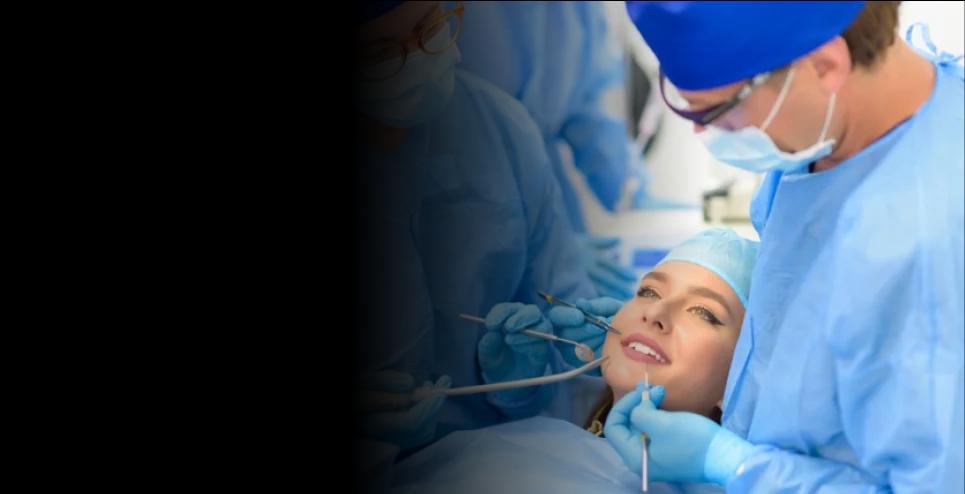Continuous Renal Replacement Therapy (CRRT)
at Sterling Hospitals - Gandhidham

at Sterling Hospitals - Gandhidham

How can we help you?
Continuous Renal Replacement Therapy (CRRT)
Continuous Renal Replacement Therapy (CRRT) is a medical procedure used to manage acute kidney injury (AKI) or severe kidney dysfunction by continuously filtering and removing waste products, toxins, and excess fluids from the blood. CRRT is performed using specialized equipment that mimics the function of the kidneys, providing continuous and gentle removal of waste products and fluids over an extended period.
When and why do people go for Continuous Renal Replacement Therapy (CRRT)?
People undergo Continuous Renal Replacement Therapy when they have acute kidney injury or severe kidney dysfunction that requires immediate and ongoing treatment to support kidney function and prevent complications. CRRT may be recommended for individuals with conditions such as acute kidney failure, sepsis, multiple organ failure, or severe electrolyte imbalances. The goal of CRRT is to stabilize and improve kidney function, restore fluid and electrolyte balance, and remove toxins and waste products from the blood to prevent further damage to the kidneys and other organs.
What makes Continuous Renal Replacement Therapy (CRRT) different from other treatment options?
Continuous Renal Replacement Therapy differs from other treatment options for acute kidney injury or severe kidney dysfunction, such as intermittent haemodialysis or peritoneal dialysis, in several ways. Unlike intermittent dialysis methods, which require periodic sessions lasting several hours each, CRRT provides continuous and gentle removal of waste products and fluids over an extended period, typically 24 hours a day. This continuous therapy approach allows for a more gradual and controlled removal of toxins and fluids, reducing the risk of hemodynamic instability and complications associated with rapid changes in fluid and electrolyte balance. CRRT is often preferred for critically ill patients who require hemodynamic stability and close monitoring of fluid status.
How does life change after Continuous Renal Replacement Therapy (CRRT)?
Life after Continuous Renal Replacement Therapy can vary depending on the individual's overall health, the underlying cause of kidney dysfunction, and the duration of treatment. Following CRRT, many individuals experience improvements in kidney function, electrolyte balance, and overall health, leading to a reduction in symptoms such as fluid overload, electrolyte imbalances, and uremia. While CRRT provides essential support for individuals with acute kidney injury or severe kidney dysfunction, it is often part of a larger treatment plan that may include medications, dietary modifications, and lifestyle changes to manage underlying conditions and optimize kidney function. Depending on the individual's response to treatment, CRRT may be continued for a short period until kidney function improves or may be transitioned to other forms of renal replacement therapy as needed. Regular follow-up with healthcare providers is essential to monitor kidney function, adjust treatment as needed, and ensure optimal outcomes for individuals undergoing CRRT.